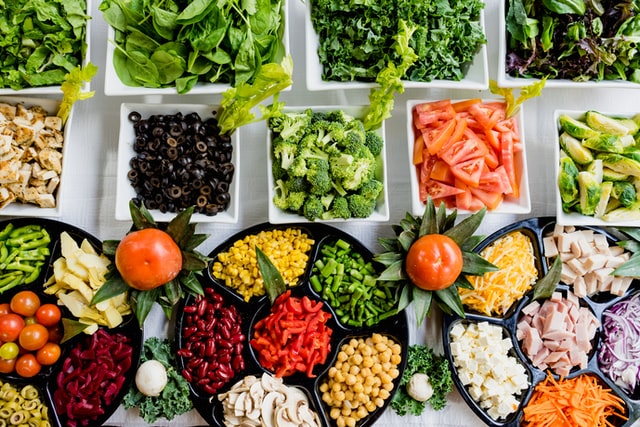All the ideas we have of what a food web looks like is probably because of TV and movies, but these are just some of the truths about food webs and how they work. The first fact is that most life on Earth does not live in an animal’s stomach, but in its digestive tract! This would mean that if you were to see an animal rummaging through leaves on the ground, it would be looking for a juicy caterpillar or worm.
The other thing you might find surprising is that without predators and prey species playing their roles, there wouldn’t be many plants left alive. Food web template is one of the most useful ways to get a basic understanding of the ecosystem and its roles. A food web is where an animal or plant eats others. In this case, every organism in the food chain has a role in the process and they are constantly interacting with one another. However, it should be noted that this is only a rough model as there are many species that move up and down between different trophic levels (there were two categories for most invertebrates).
Facts About Food Web That Will Blow Your Mind :
1. Food webs can be extremely complex
Because there are many organisms living in the same environment and they’re all part of the food web, it can be nearly impossible to see them all. For example, in a small area of lakes and streams, there may be several invertebrates that live on or near both land and in water. The relationship between them is complicated because some prey on the others for their blood or other bodily fluids. Worms are a good example because water striders eat them along with tadpoles and dragonflies also eat worms but frogs also feed on worms as well as insects. In addition, some of the worms may eat decaying leaves and plants or other smaller invertebrates.
2. Food webs are usually like a pyramid or food chain
The most accessible nutrients are found in the primary producers. These are things like algae, bacteria, fungi and any plant-like organisms that can make their own nutriment through photosynthesis. The next level up is the secondary consumers, these animals get their nourishment by eating a primary consumer (insects like spiders). The next level up are tertiary consumers, who eat secondary consumers (such as foxes). And so on until the apex predators, top consumer, who doesn’t have a predator because it is at the top of the food chain.
3. Food webs are complex, yet fragile
Food webs show how various species interact with each other and also how they depend on one another for food. For example, if a primary producer is killed off or if its population decreases then this will affect the secondary consumer and so on up until it affects something like an apex predator. This is because the primary producer is the foundation of all life in an ecosystem. If there are no plants to maintain an environment for other animals to live in then there will be nothing for them to eat or drink since plants use water to carry out photosynthesis. This is why it’s important to take care of the world around us.
4. There are many types of food chains and webs
There are two main types of food chains – those that start off with prokaryotes and those that start off with eukaryotes. A prokaryotic organism is a cell that doesn’t contain a nucleus or membrane bound organelles. For example, bacteria or cyanobacteria are prokaryotic organisms as they don’t have nuclei or chloroplasts that plants do. Eukaryote organisms are the opposite, they do have nuclei and chloroplasts found in plant cells. One of the most common food chains is a prokaryotic one as they’re simple and easy to understand.
5. Food webs are constantly changing
The relationship between a plant, an herbivore and an omnivore can change and this can be affected in many different ways. For example, there is a highly toxic herb called Wollemi pine that contains toxins so poisonous that it cannot be consumed by any consumer. It was found in Australia in 1994 and was known only from the fossil record before then. In the early 2000s it began to grow again after being wiped out from over-harvesting by humans. It is now showing up in the fossil record with evidence that it was eaten by predatory dinosaurs. This shows how factors like climate, human activity and even other species can shape an ecosystem over time.
6. Food webs are everywhere
It’s said that life is everywhere, so food webs are too. There are so many different types of organisms living on this planet and they’re all linked together through these food chains or webs. Take a look at a pond and you will find a variety of different organisms living there – some prokaryotic, others eukaryotic, more still that have no clear classification but instead form their own kind of life forms like algae or bacteria.


